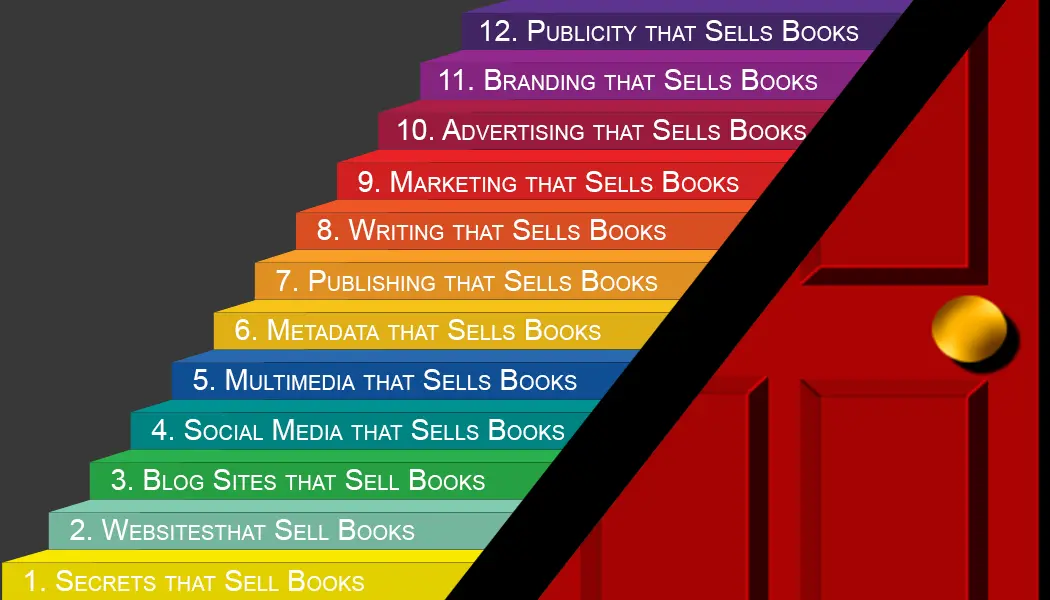Blogs are a dynamic platform for expression and communication, serving as a bridge between individuals and their audiences in the vast digital landscape. For bloggers, both novice and experienced, understanding the spectrum of blog content types is crucial for designing a compelling and informative site that caters to a broad readership. This detailed guide explores a variety of blog content types, discussing their unique purposes and how each can be leveraged to captivate and inform readers effectively.
1. How-To Guides and Tutorials
Purpose: Educate and empower readers with practical knowledge. Description: These posts are quintessential for providing step-by-step instructions and actionable advice, making them incredibly valuable for readers seeking to learn or accomplish specific tasks. How-to guides and tutorials not only address common challenges but also reinforce the blogger’s expertise and reliability in a particular domain. Example Use: A culinary blogger might offer a detailed guide on mastering French cooking techniques.
2. Listicles
Purpose: Present information in an accessible and engaging format. Description: Listicles organize content into a numbered or bulleted format, making complex information more digestible and entertaining. This format is highly versatile and can be adapted for almost any topic, appealing to those who prefer a quick, straightforward reading experience. Example Use: A fitness blog could feature a post like “15 Quick Workouts for Busy Professionals.”
3. Thought Leadership Posts
Purpose: Influence and inspire industry-specific conversations. Description: These articles are crafted to express insights, innovations, or opinions on industry trends and are aimed at fostering thought-provoking discussions. Thought leadership content is instrumental in establishing the blogger as a forward-thinking expert, which can enhance their credibility and attract a professional audience. Example Use: An IT professional might write about the future of artificial intelligence in business automation.
4. Personal Narratives
Purpose: Build a personal connection and engage readers on an emotional level. Description: Personal stories or anecdotes allow bloggers to share their own experiences, offering authenticity and depth to their posts. These stories can resonate deeply with readers, facilitating a strong emotional connection and loyalty. Example Use: A travel blogger sharing their transformative experiences while backpacking across Asia.
5. Product Reviews and Comparisons
Purpose: Guide readers through their purchasing decisions. Description: Reviews provide detailed evaluations of products or services, while comparisons pit similar products against each other. These posts are highly sought after by consumers looking for honest opinions and clear advice before making purchase decisions. Example Use: A beauty blogger might compare different brands of skincare products to advise on the best options for sensitive skin.
6. Case Studies
Purpose: Showcase real-world applications and validate theories or strategies. Description: Case studies offer a deep dive into specific examples where strategies or concepts have been applied successfully or lessons have been learned from failures. These are particularly popular in business, science, and technology sectors. Example Use: A digital marketing blog might present a case study on a successful social media campaign that boosted brand engagement.
7. Interviews
Purpose: Provide unique insights and expert opinions. Description: Interviewing industry leaders, subject matter experts, or even community figures can offer readers exclusive insights and first-hand knowledge. These posts can also increase your blog’s visibility if the interviewee shares the content with their followers. Example Use: A podcasting blog conducting an interview with a popular podcast host about the secrets of their success.
8. News Updates and Trend Analysis
Purpose: Keep readers informed and engaged with the latest developments. Description: Timely content about current events or emerging trends can draw readers looking for the latest information or analysis that adds context to recent news. Example Use: A financial blog providing updates and expert analysis on stock market trends.
9. Infographics
Purpose: Simplify complex data and enhance visual appeal. Description: Infographics transform detailed research, statistics, or data into visually engaging graphics, making them more appealing and easier to understand than traditional text-based content. Example Use: An environmental science blog could use an infographic to illustrate the effects of climate change on global ecosystems.
Conclusion: Blog Content Types that Engage Diverse Audiences
A successful blog is a mosaic of various blog content types, each serving a specific purpose and catering to different reader preferences. By diversifying the content on your blog, you not only enhance its appeal but also broaden its reach, attracting and retaining a more extensive readership. Whether your goal is to educate, entertain, persuade, or inform, incorporating a mix of these content types can transform your blog into a rich and dynamic resource for visitors.
_____________________________________________
Related Entries:
The Expansive Role of Audio in Media
Related Topics:
Visit our website at www.AuthorsDoor.com and our blog site at www.AuthorsRedDoor.com as you continue your author-publisher journey.


